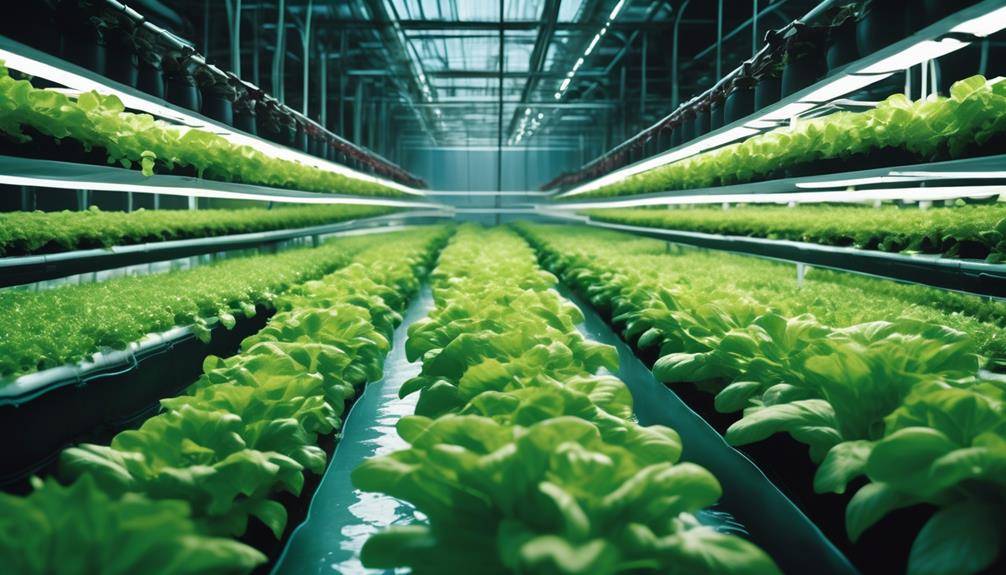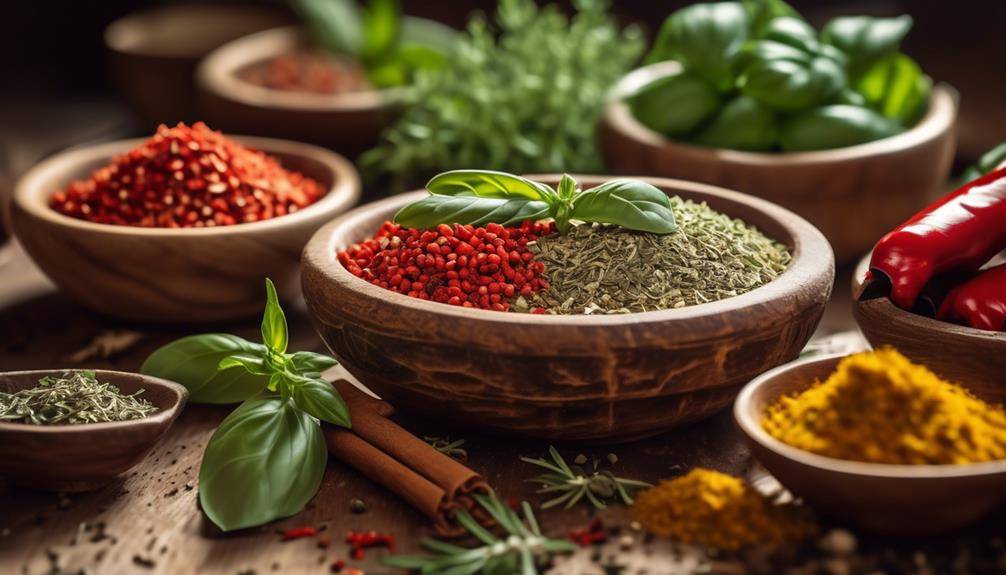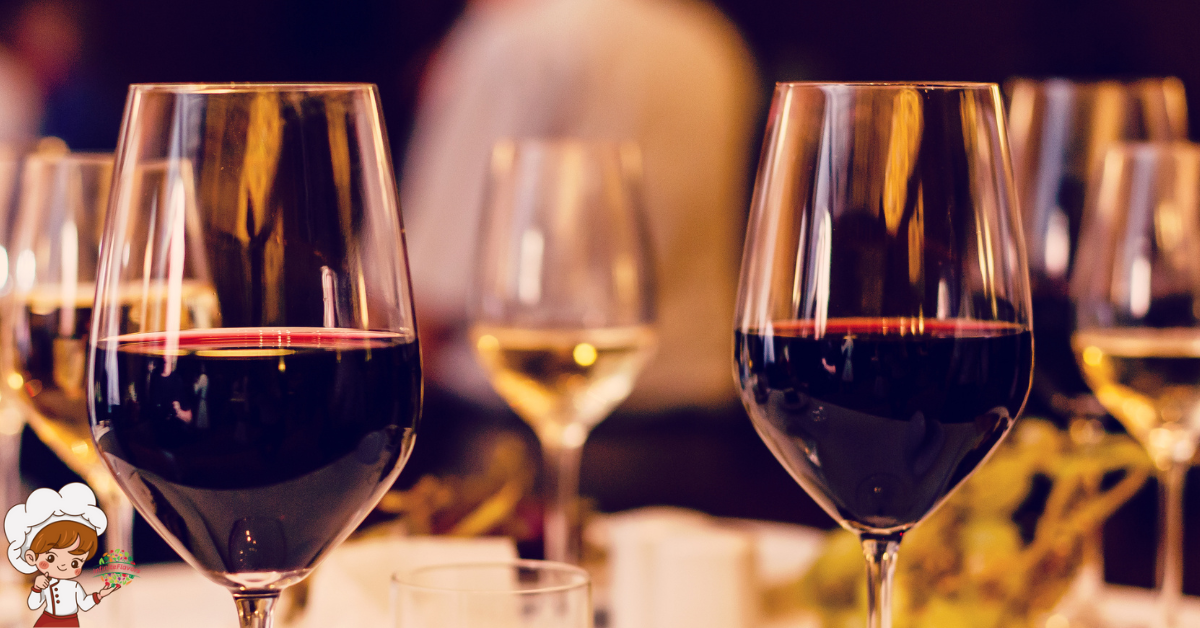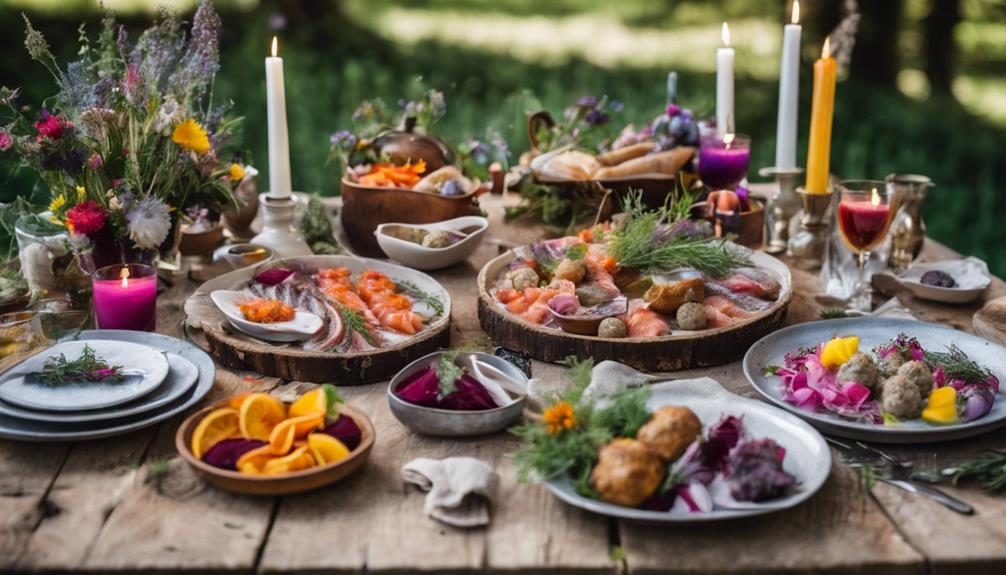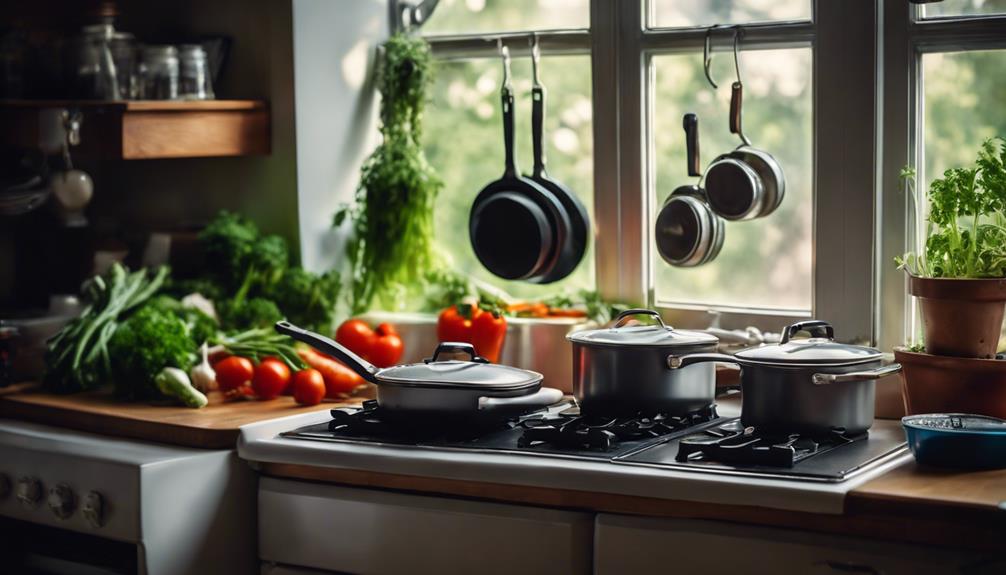Popular Authentic French Cooking Techniques

Authentic French Cooking Techniques; Do you want to learn the secret behind creating a velvety, rich sauce that elevates any dish? Or perhaps you’ve always been curious about the art of crafting a delicate and airy soufflé that seems to defy gravity. From mastering the perfect knife skills to understanding the subtle nuances of French flavor profiles, authentic French cooking techniques offer a world of culinary possibilities. In this discussion, we will explore the time-honored traditions and customs of French cuisine, revealing the techniques that have made it renowned worldwide. Get ready to embark on a gastronomic journey that will leave your taste buds tantalized and your cooking skills elevated to new heights.
Classic French Sauces
Classic French sauces are an essential component of French cuisine, elevating dishes with their rich, velvety textures and complex flavors. These sauces are versatile and can be used to enhance a wide range of dishes, from simple roasted meats to delicate seafood. French cuisine is known for its meticulous attention to detail, and classic French sauces are no exception. There are many variations of these sauces, each with its own unique characteristics and uses.
One of the most famous French sauces is the béchamel sauce, a creamy white sauce made from butter, flour, and milk. This sauce is often used as a base for other sauces, such as the velouté sauce, which is made by adding stock to the béchamel. Another popular French sauce is the hollandaise sauce, a rich and buttery sauce made from egg yolks, butter, and lemon juice. This sauce is commonly served with poached eggs or steamed vegetables.
While classic French sauces have stood the test of time, modern chefs have also put their own twists on these traditional recipes. They experiment with different ingredients and techniques to create unique and innovative flavors. For example, some chefs may add a touch of truffle oil to a classic beurre blanc sauce, giving it a luxurious and earthy flavor. Others may infuse a classic velouté sauce with herbs and spices to create a more vibrant and aromatic sauce.
Knife Skills and Techniques
To truly master the art of French cuisine, you must possess impeccable knife skills and techniques. Knife sharpening is an essential aspect of French cooking, as a sharp knife ensures clean cuts and precise execution. The key to a sharp knife lies in regular maintenance. It is recommended to sharpen your knives every few months or whenever you notice a decrease in their cutting efficiency. There are various methods for sharpening knives, including using a sharpening stone or honing steel. Whichever method you choose, the goal is to restore the blade’s edge to its original sharpness.
In addition to knife sharpening, vegetable carving is another important skill in French cooking. The French take great pride in their presentation, and intricate vegetable carvings can elevate a dish to a work of art. To begin, select fresh vegetables with firm textures, such as carrots, radishes, or cucumbers. Start by peeling and trimming the vegetables to the desired shape. Use a small, sharp knife to carefully carve intricate patterns or designs into the vegetable. The key is to maintain control and precision with each cut, ensuring that the vegetable retains its shape and integrity.
Mastering knife skills and techniques is an ongoing process that requires practice and patience. By investing time in sharpening your knives and honing your vegetable carving skills, you will not only enhance the visual appeal of your dishes but also improve the overall quality of your cooking. So, grab your knife and get ready to slice, dice, and carve your way to culinary excellence in the world of French cuisine.
Perfecting the Art of Soufflé
Mastering the art of soufflé requires precision and finesse in both technique and timing. Soufflé, a classic French dish, is known for its light and airy texture, achieved through careful preparation and baking. To create the perfect soufflé, start by preparing a smooth and creamy base, such as a béchamel or pastry cream. Incorporate beaten egg yolks into the base, then gently fold in stiffly beaten egg whites to create volume. The key to a successful soufflé is to be gentle yet thorough when combining the ingredients, ensuring they are evenly mixed without deflating the airiness of the egg whites.
When it comes to baking the soufflé, the temperature and timing are crucial. Preheat the oven to the specified temperature and place the soufflé dish on the middle rack. Avoid opening the oven door during baking, as the sudden temperature change can cause the soufflé to collapse. The baking time will vary depending on the size of the soufflé, but a general rule of thumb is to bake until the top is golden brown and the center is set but still slightly jiggly.
In terms of presentation, there are various soufflé techniques that can elevate the visual appeal of this delicate dish. Consider using individual ramekins for portion control and an elegant presentation. You can also experiment with adding flavors and textures, such as incorporating cheese, herbs, or diced vegetables into the base mixture. Garnishing the soufflé with a sprinkle of powdered sugar, a drizzle of sauce, or a sprig of fresh herbs can add the finishing touch.
Perfecting the art of soufflé requires patience and attention to detail. By mastering the techniques and exploring creative presentation ideas, you can create a stunning soufflé that delights both the eyes and the taste buds.
Mastering the Art of Pastry
To truly excel in the culinary world, one must embrace the art of pastry making with precision and finesse. French pastry techniques, such as puff pastry and choux pastry, are essential skills that every aspiring chef should master.
Puff pastry, known as pâte feuilletée in French, is a delicate and flaky dough that is created through a labor-intensive process. The key to achieving the perfect puff pastry lies in the careful layering of butter and dough, which creates distinct layers when baked. This technique requires patience and attention to detail, as each layer must be rolled out evenly to ensure consistent results. The end result is a pastry that is light, buttery, and irresistibly crisp.
Choux pastry, or pâte à choux, is a versatile dough that is used to create a wide range of pastries, including éclairs and profiteroles. The dough is made by combining water, butter, flour, and eggs, resulting in a smooth and elastic mixture. The unique characteristic of choux pastry lies in its ability to puff up when baked, creating a hollow interior that can be filled with various creams or custards. Mastering the art of choux pastry requires careful attention to the proportions of the ingredients and precise baking techniques to ensure a light and airy texture.
French Baking Techniques
French baking techniques showcase the finesse and precision required to create a wide array of delectable pastries and breads. When it comes to mastering the art of French pastry techniques, attention to detail is paramount. The process of creating delicate pastries, such as croissants and macarons, requires a delicate touch and precise measurements. French bakers take great care in folding layers of butter into the dough, creating the flaky texture that is characteristic of French pastries. The dough is then rolled, shaped, and baked to perfection, resulting in pastries that are light, airy, and incredibly flavorful.
French bread making is equally as intricate and precise. The key to creating the perfect baguette lies in the careful balance of ingredients and the art of fermentation. French bakers use a combination of flour, water, yeast, and salt to create a dough that is allowed to rise slowly, developing complex flavors and a crisp crust. The dough is then shaped into long, slender baguettes and baked at high temperatures, resulting in a bread with a soft, chewy interior and a crust that is golden and crackling.
- The aroma of freshly baked croissants wafts through the air, awakening your senses and transporting you to a Parisian bakery.
- The sight of a perfectly formed baguette, with its golden crust and airy interior, fills you with anticipation and mouth-watering delight.
- The first bite of a buttery, flaky pain au chocolat melts in your mouth, leaving you yearning for more.
French baking techniques are a testament to the artistry and dedication of French bakers. With their precision and attention to detail, they create pastries and breads that are not only visually stunning but also incredibly delicious. So the next time you indulge in a French pastry or bite into a freshly baked baguette, take a moment to appreciate the skill and craftsmanship that went into creating it.
Essential French Cooking Utensils
When it comes to the art of French cuisine, having the right utensils is essential for achieving precise and sophisticated dishes. French cooking utensils are designed to meet the exacting standards of French chefs and are an integral part of traditional French cooking. These essential tools allow for precise measurement, efficient preparation, and delicate presentation.
One of the most important French cooking utensils is the chef’s knife. This versatile tool is used for chopping, dicing, and slicing ingredients with precision. The blade is typically made of high-quality stainless steel, ensuring a sharp edge that allows for effortless cutting. A good chef’s knife is an investment that will last a lifetime and is an indispensable tool in the French kitchen.
Another essential piece of equipment is the sauté pan. This shallow, wide-bottomed pan is perfect for searing meats and vegetables, creating the fond that adds depth and flavor to French dishes. The pan is made of heavy-gauge stainless steel or copper, allowing for even heat distribution and excellent heat retention. A well-made sauté pan is a staple in any French kitchen.
A French cooking utensil that is often overlooked but is essential for achieving the perfect consistency in sauces and soups is the whisk. The French whisk, also known as a “fouet,” is designed with a long handle and a series of thin wires that easily incorporate air into mixtures. This tool is ideal for creating light and fluffy sauces and emulsions.
French Cooking Methods: Sautéing, Braising, and More
Mastering the art of French cuisine requires a deep understanding of the various cooking methods, such as sautéing, braising, and more. These techniques are the backbone of French cooking and are essential for creating dishes that are rich in flavor and texture. Let’s take a closer look at two of the most popular cooking methods in French cuisine: sautéing and braising.
- Sautéing: This technique involves cooking food quickly in a small amount of fat over high heat. It is similar to stir frying but differs in the type of fat used and the level of heat. Sautéing requires precision and attention to detail, as the food can easily burn if not properly monitored. The result is food that is cooked evenly and has a delicious caramelized exterior. The aroma that fills the kitchen as the ingredients sizzle in the pan is enough to make your mouth water.
- Braising: This slow cooking technique involves searing the food first and then simmering it in a flavorful liquid for a long period of time. The slow cooking process allows the flavors to meld together and the meat to become tender and succulent. The end result is a dish that is melt-in-your-mouth delicious. The anticipation of waiting for the braised dish to cook is almost unbearable, but the reward is well worth it.
- Slow cooking techniques: French cuisine is renowned for its slow cooking methods, which involve cooking food at a low temperature for an extended period of time. This allows the flavors to develop and intensify, resulting in dishes that are rich and complex. The slow cooking process requires patience and attention to detail, but the end result is a culinary masterpiece that is sure to impress.
Mastering sautéing, braising, and other French cooking methods takes time and practice, but the effort is well worth it. The precision and attention to detail required in these techniques result in dishes that are bursting with flavor and have a sophisticated elegance. So roll up your sleeves, sharpen your knives, and get ready to embark on a culinary adventure that will transport you to the heart of France.
French Flavor Profiles and Seasonings
Now let’s explore the world of French flavor profiles and seasonings. From the classic herbs like thyme, rosemary, and parsley, to the bold combinations of garlic, shallots, and mustard, French cuisine is known for its distinctive and sophisticated flavors. These flavor profiles and seasonings play a crucial role in elevating the taste of dishes, adding depth and complexity to every bite. Get ready to discover the secrets behind the rich and tantalizing flavors of French cooking.
Classic French Herbs
To achieve the authentic flavors of French cuisine, it is crucial to master the art of incorporating classic French herbs, which lend a distinctive and sophisticated taste to dishes. Here are three classic French herb pairings that will elevate your everyday cooking:
- Herbes de Provence: This aromatic blend typically includes herbs like thyme, rosemary, marjoram, and oregano. Its earthy and floral notes add depth to roasted meats, vegetables, and stews.
- Fines Herbes: This delicate combination of parsley, chives, tarragon, and chervil is perfect for enhancing the flavors of lighter dishes, such as omelets, salads, and seafood.
- Bouquet Garni: Made with fresh herbs like parsley, thyme, and bay leaves, this classic bundle is often used to infuse stocks, soups, and sauces. Its herbal essence creates a rich and fragrant base for many traditional French recipes.
Incorporating these classic French herbs into your everyday cooking will transport you to the charming bistros of France, infusing your dishes with elegance and authenticity.
Bold Flavor Combinations
Enhance your culinary creations with the bold and distinctive flavor combinations found in traditional French cuisine. French cooking is renowned for its ability to balance and marry different flavors in unique and unexpected ways. From the tangy-sweet combination of mustard and honey to the rich and savory pairing of duck and cherries, French cuisine offers a plethora of bold flavor pairings that will elevate your dishes to new heights.
Experiment with unique ingredient combinations like tarragon and lemon, which add a refreshing and vibrant twist to seafood dishes, or the classic pairing of rosemary and garlic, which infuses meats with an aromatic and robust flavor. With these bold flavor combinations, your dishes will be transformed into culinary masterpieces that showcase the artistry and sophistication of French cooking.
French Culinary Traditions and Customs
As you explore French culinary traditions and customs, you will discover the importance of French culinary etiquette, which includes practices such as proper table manners and appropriate use of utensils. Traditional French ingredients like butter, cream, and herbs like thyme and tarragon are essential to creating the rich and flavorful dishes that are synonymous with French cuisine. Additionally, classic French cooking methods such as braising, sautéing, and poaching are widely used to enhance the taste and texture of ingredients.
French Culinary Etiquette
French Culinary Etiquette, characterized by its elegance and finesse, reflects the sophisticated traditions and customs deeply rooted in French cuisine. When it comes to French table manners, there are certain rules to follow that display respect for the food and the dining experience. These customs are designed to enhance the enjoyment of the meal and create a harmonious atmosphere. Here are three key aspects of French culinary etiquette:
- Napkin Placement: Upon sitting down at the table, unfold your napkin and place it on your lap. Use it to gently wipe your mouth when necessary, but avoid using it to wipe your face or blow your nose.
- Bread Etiquette: In French cuisine, bread is considered an essential accompaniment to the meal. Break off small pieces and hold it with your fingertips, not with a knife. Avoid buttering the entire piece at once; instead, butter each bite separately.
- Wine Pairing: French cuisine is known for its exquisite wine selection. When dining in France, it is customary to pair your meal with a suitable wine. Consult with the sommelier or host for recommendations, and savor the flavors of the wine as it complements your dish.
Traditional French Ingredients
Immerse yourself in the rich culinary traditions and customs of France by exploring the array of traditional ingredients that form the foundation of French cuisine. One cannot discuss traditional French ingredients without mentioning the renowned cheeses that France is famous for. From the creamy Camembert to the pungent Roquefort, these cheeses are an essential part of French gastronomy and are used in various dishes, from salads to soufflés.
Another integral component of French cuisine is the regional wines. Each region of France has its own distinct wine, such as the Burgundy Pinot Noir or the Bordeaux Cabernet Sauvignon. These wines are carefully crafted to complement the flavors of traditional French dishes, enhancing the dining experience and adding a touch of sophistication. So, when you indulge in French cuisine, be sure to savor the traditional French cheeses and pair your meal with a glass of exquisite regional French wine.
Classic French Cooking Methods
Explore the time-honored traditions and exquisite techniques of French cuisine by delving into the realm of classic cooking methods. From delicate pastries to succulent seafood, the French have perfected the art of culinary craftsmanship. Here are three classic French cooking methods that will leave your taste buds tantalized:
- Classic French Pastry Techniques: Discover the secrets behind creating flaky croissants, buttery tart shells, and delicate macarons. Learn the precise measurements and meticulous steps that result in the perfect balance of texture and flavor.
- French Cooking Techniques for Seafood: Dive into the world of French seafood dishes, where freshness and simplicity reign supreme. Master the art of poaching fish in a flavorful court-bouillon or searing scallops to perfection. Explore the delicate balance of flavors in a classic bouillabaisse or the rich, creamy goodness of a traditional seafood bisque.
- Meticulous Sauces and Reductions: Unleash the power of French sauces, elevating any dish to new heights. From the velvety smoothness of a béarnaise to the rich complexity of a bordelaise, these sauces add depth and sophistication to your culinary creations.
Embark on a culinary journey through the classic French cooking methods and savor the depth of flavors and refined techniques that have made French cuisine legendary.
Tips for Creating an Authentic French Dining Experience
To fully embrace the essence of a truly authentic dining experience in France, one must delicately orchestrate a symphony of flavors, textures, and ambiance. French cuisine is known for its exquisite attention to detail, and this extends to the entire dining experience. When it comes to French wine pairings, it is essential to choose the right wine to complement the flavors of the meal. For example, a rich Bordeaux pairs well with a hearty beef stew, while a crisp Chablis complements delicate seafood dishes. French wine is a reflection of the terroir, or the unique characteristics of the region, and can elevate a meal to new heights.
In addition to wine pairings, understanding French table setting etiquette is crucial for creating an authentic dining experience. The table should be set with precision and elegance, starting with a crisp white tablecloth and matching napkins. Each place setting should consist of a charger plate, dinner plate, bread plate, and a variety of forks, knives, and spoons. It is customary to place the bread plate to the left of the dinner plate, and the water glass to the right. The French take great pride in their presentation, so ensuring that each element is meticulously arranged is essential.
Creating an authentic French dining experience involves more than just the food on the plate. It is a combination of flavors, textures, and ambiance that transport you to the heart of France. By carefully selecting wine pairings that enhance the meal and adhering to proper table setting etiquette, you can truly immerse yourself in the art of French dining.
Frequently Asked Questions: Authentic French Cooking Techniques
What Are Some Common Mistakes to Avoid When Making Classic French Sauces?
When making classic French sauces, common mistakes to avoid include overcooking the ingredients, using too much or too little seasoning, and not properly emulsifying the sauce. These techniques are essential for achieving an authentic and delicious result.
How Do You Properly Select and Care for High-Quality Knives for French Cooking?
To properly select and care for high-quality knives for French cooking, you need to consider the type of blade, handle material, and balance. Regular maintenance, such as honing and sharpening, is crucial to keep them in top condition for precise and efficient cutting.
What Are Some Tips for Achieving the Perfect Rise and Texture in a Soufflé?
To achieve the perfect rise and texture in a soufflé, start by mastering the whisking technique. Use a brisk, circular motion to incorporate air into the mixture. Additionally, ensure your oven is properly preheated to the recommended temperature.
What Are Some Secrets to Making Flaky and Delicate French Pastries?
To achieve flaky and delicate French pastries, start by properly chilling the dough and using cold ingredients. This will ensure the perfect texture and layers in your pastries. Mastering these secrets is essential for authentic French baking.
Can You Recommend Any Alternative Ingredients or Techniques for French Baking to Accommodate Dietary Restrictions or Preferences?
If you’re looking for alternative ingredients or techniques to accommodate dietary restrictions in French baking, consider using gluten-free flours like almond or rice flour, or replacing dairy with plant-based alternatives like coconut milk or vegan butter. Experiment and enjoy!
Conclusion
In conclusion, mastering the authentic French cooking techniques outlined in this article is the key to creating exquisite dishes that showcase the rich culinary traditions of France. From perfecting classic French sauces and knife skills to mastering the art of soufflé and pastry, these techniques require attention to detail and precision. By embracing French flavor profiles, cooking methods, and culinary customs, you can create an authentic French dining experience that is sure to impress. So, get ready to embark on a culinary journey that will elevate your cooking skills to new heights.



